Second degree osteochondrosis of the cervical spine requires professional treatment. With the development of this pathology, the integrity of the intervertebral discs is disrupted, and the gap between them also narrows. Of all the forms of osteochondrosis, the cervix is the most common. The neck is mobile, in this regard, regularly subjected to stress. The initial stage of osteochondrosis is normally tolerated. Launched - carries a major health threat.
Why does osteochondrosis of the cervical spine occur?
The causes of cervical osteochondrosis are numerous. The pathology can develop in people who lead a sedentary lifestyle. Veins pass through the vertebrae of the cervical region, supplying blood to the vessels of the brain. Osteochondrosis SHOP often occurs due to increased stress on the neck. Grade 1 spinal osteochondrosis occurs in young people and the elderly. It is not age that plays an important role, but lifestyle and body characteristics.
Second-degree cervical osteochondrosis is common in adolescents. In medicine, there is the concept of "adolescent osteochondrosis". A common cause of 1. 2 degree osteochondrosis is incorrect head position. When this disease develops, the pulp bursts. The types of osteochondrosis depend on how severe the rupture of the pulp is. Premature treatment of first-degree osteochondrosis leads to the progression of the pathological process. In the third stage of the disease, degenerative-dystrophic processes are pronounced: the patient is most often concerned about back and neck pain.
Characteristics of the first stage
With grade 1 cervical osteochondrosis, the pathological process extends to the muscles. The initial stage is characterized by the formation of cracks in the fibrosus ring. It is made up of collagen fiber.
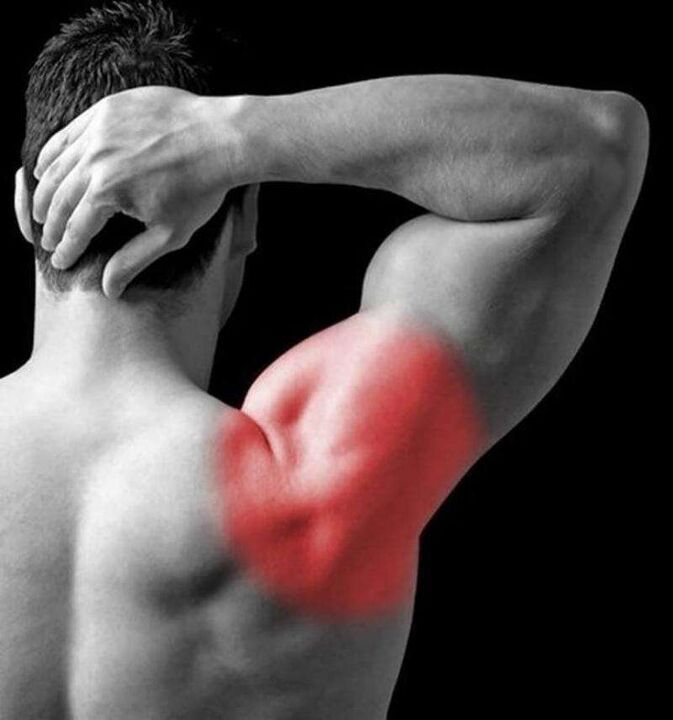
Grade 1 osteochondrosis of the cervical spine leads to the appearance of unpleasant symptoms:
- The first stage of osteochondrosis is manifested by pain in the back of the head. Some people get swollen. With grade 1 cervical osteochondrosis, severe cramping pain may occur.
- If a person is diagnosed with osteochondrosis of the cervical spine, he should visit an ophthalmologist. Students can expand.
- First-degree cervical osteochondrosis often leads to Wright syndrome. If the patient gets his hand behind his head, the pain intensifies.
- Cervical syndrome usually develops at the onset of the disease. Inflammation in this case affects the muscles. Progression of cervical syndrome is accompanied by an abscess. A person begins to feel pain in the neck, the mobility of the joints is limited.
- In the first stage, a frontal muscle syndrome may appear, in which case the subclavian artery is affected.
How is the treatment performed? The goal of therapy is to repair the rupture of the pulp and prevent unpleasant symptoms. Treatment of osteochondrosis of the cervical spine is performed surgically. The duration of the postoperative period is 7 days. In a month or two, the stitches gradually grow together.
To ensure the prevention of the disease, you need to wear a special collar, it is worn around the neck. The doctor recommends the use of a calcium gluconate solution. The medicine helps to heal wounds.
What happens in the second stage of the disease?
Second-degree cervical osteochondrosis develops with the ineffectiveness of therapy at an early stage. Inflammatory reactions become pronounced, the intervertebral foramen shrinks.
Grade 2 osteochondrosis of the cervix leads to the formation of osteophytes. These are bone processes that form against the background of dehydration.
Stage 2 of cervical osteochondrosis can last 4-5 years. The disease periodically decreases and worsens. A characteristic feature of the disease is drooping head syndrome.
Treatment includes manual therapy. The goal is to secure the cervical muscles with normal fixation. Depending on the situation, orthopedic treatment (vertebral ligation) may be prescribed. Medication therapy is necessary. Calcium chloride is prescribed to eliminate pain. Healing gymnastics is recommended: 30 minutes a day should be given. The main load should be at the joints.
How does the third phase appear?
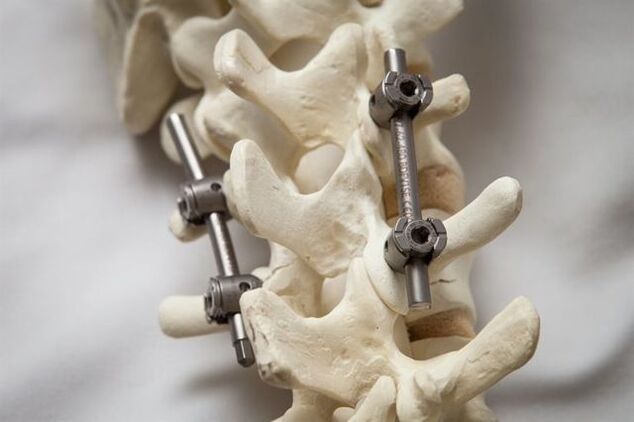
Treating third-degree osteochondrosis is quite difficult. With this disease, the structure of the intervertebral discs changes.
The pathological process includes tissues and joints:
- The vertebral body is torn, there are characteristic signs of an intervertebral hernia. The person begins to feel severe pain in the back, neck and limbs. Degenerative-dystrophic reactions affect a large part of the neck.
- Third-degree osteochondrosis of the cervical spine is characterized by vestibular disorders. Periodically, a person experiences pain in the temples. Some patients may partially lose consciousness.
- The risk of the disease in the third stage is that it leads to endocrine pathology. Therapy involves the operation and use of manual techniques. In the third stage of cervical osteochondrosis, medications are not prescribed.
- The patient may have polysegmental osteochondrosis. With this disease, the cervical spine segments are affected, the mobility of the shoulder is impaired and pain in the elbows appears.
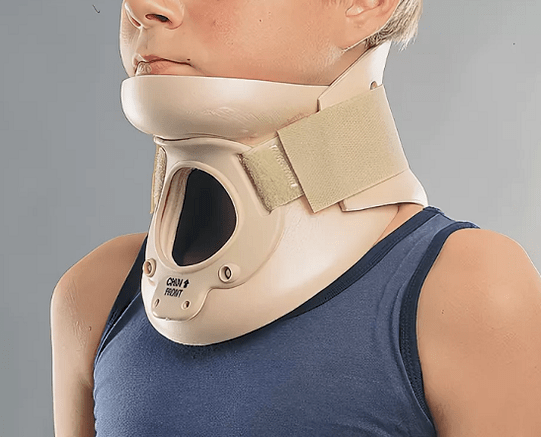
To restore spinal function, you should wear a neck brace.
Disease syndromes
Osteochondrosis of the cervix is associated with the following syndromes:
- Vertebral occurs when cartilage and bone tissue are involved in the pathological process. The mobility of the neck is impaired. If a person tries to turn his head to the side, the pain appears in the occipital region of the neck. The vertebrae undergo morphological changes that are visible on radiography. The symptoms of a syndrome are interrelated. An important sign of vertebral syndrome are morphological changes in cartilage tissue and bone structures. This syndrome is difficult to diagnose. A similar complex of symptoms is present with myositis.
- Vertebral artery syndrome is another manifestation, it can occur regardless of the degree of cervical osteochondrosis. The pathological process affects the arteries that feed the brain. Periodically, there is a feeling of being dizzy. Vertigo is a symptom of vertebral artery syndrome. Blood pressure may jump, periodically there is nausea, vomiting. Nerve endings are irritated, therefore a headache appears. With vertebral artery syndrome, paleness, oxygen starvation are possible. The disease is associated with the deposition of atherosclerotic plaques on the walls of blood vessels.
- Cardiac syndrome is manifested by pain in the sternum. Rapid fatigue and decreased performance are observed. The heart beats fast. Diagnosis includes angiography and functional tests. Radicular syndrome is associated with spinal nerve damage. It is one-sided. With radicular syndrome, neck pain is observed, combined with paralysis.
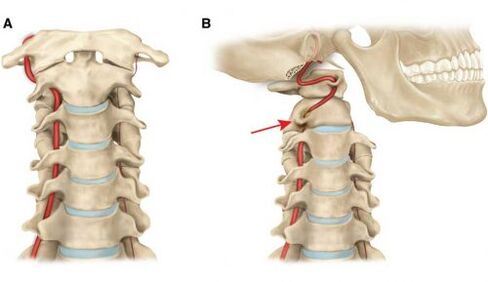
It should be noted that osteochondrosis leads to damage to a large number of vertebrae.
What is osteochondrosis of the thoracic region?
Osteochondrosis of the thoracic spine is detected in young people and the elderly: age does not matter. The pathology leads to degenerative-dystrophic changes in cartilage and bone structures. Late treatment involves a violation of the structure of ligaments, joints, intervertebral discs. At an advanced stage, thoracic osteochondrosis leads to destruction of the intervertebral discs.
Complications of the disease can be:
- pneumosclerosis;
- infertility;
- malignant formations.
If the disease develops in a young person, premature aging of the musculoskeletal system is observed. The functioning of cartilage structures and tissues is significantly impaired.
Clinical presentation and causes
- With the development of this pathology, chest pain appears. They occur in a quiet position and while driving. Unpleasant sensations intensify after lifting weights, sharp turns.
- The disease is manifested by tightness in the back. Breathing is impaired as a result of this problem.
- Chills may occur.
- Some people complain of peeling skin, thinning of the nail plate.
The disease is associated with pathological reactions in the intervertebral discs. It can be inherited. A predisposing factor is the loss of intervertebral discs. In some people, the disease is diagnosed against the background of osteophytes. The reason may be underdosed physical activity or, conversely, physical inactivity.
Therapeutic activities
If there are no neurological symptoms, complex treatment is still needed. Therapy can not be postponed, otherwise the destruction of the intervertebral discs will occur.
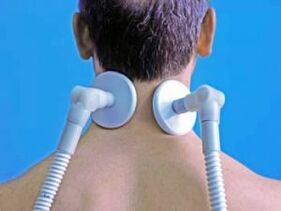
Before starting treatment, it is necessary to make a diagnosis. If a person has identified at least one of the above symptoms, he should visit a neurologist. The doctor will take a medical history, will investigate the chest region. Palpation reveals disc herniation. If the doctor finds any, he prescribes an additional examination. Radiography required. The MRI procedure allows you to study the musculoskeletal system and identify neoplasms.
Treatment depends on the degree of osteochondrosis of the breast; begins after the diagnosis is confirmed. The doctor prescribes medications that help relieve pain and restore the functioning of the musculoskeletal system. For the treatment of this pathology, injections, physiotherapy, physiotherapy exercises are needed. Additional procedures - magnetotherapy, vacuum therapy, physiotherapy exercises.
Daily exercises have a complex effect on the body, improve the functioning of the musculoskeletal system and respiratory system. Massage reduces the severity of pain, increases muscle tone, relieves fatigue and improves blood circulation to tissues. The procedure is performed by an experienced specialist.
cONcluSiON
How many years can you live with osteochondrosis of the cervical spine and chest? The pathology is not life threatening, but its symptoms cause severe discomfort. The clinical picture of the disease can change: it all depends on the effectiveness of therapy.














































